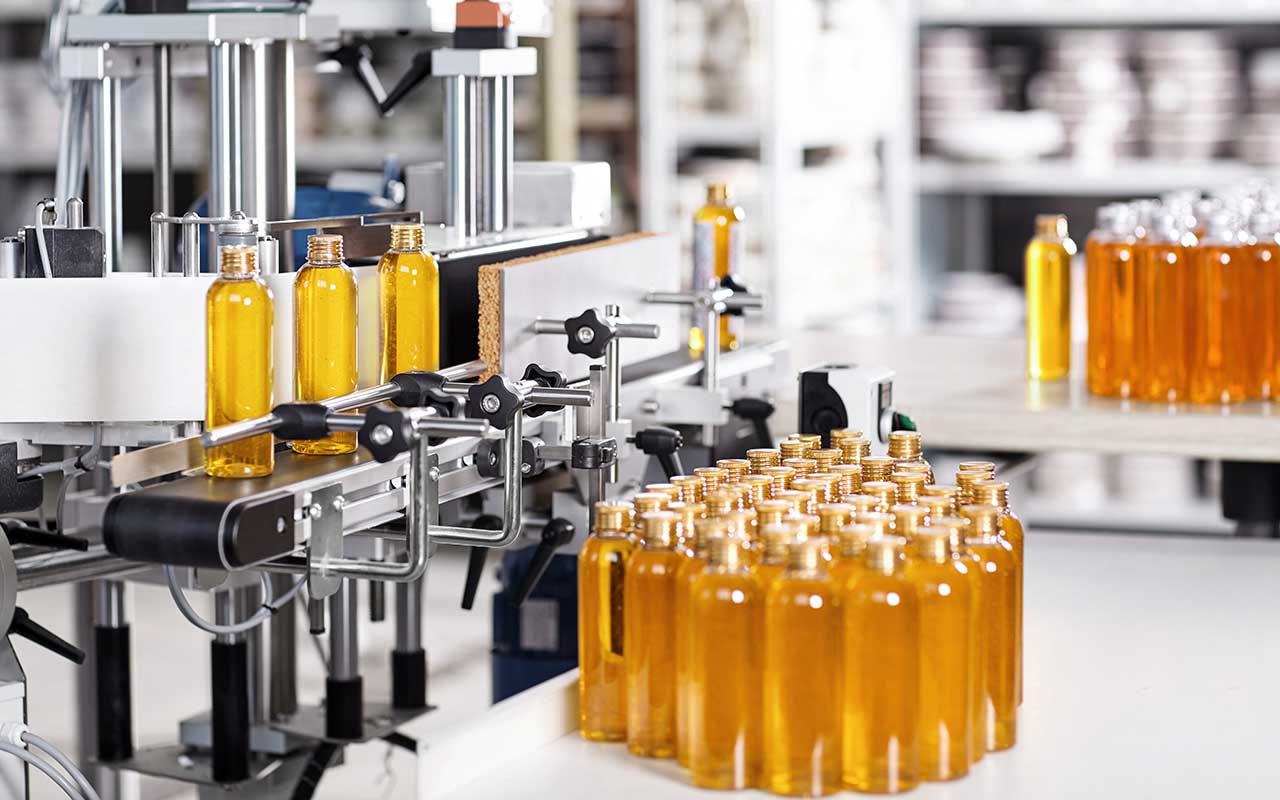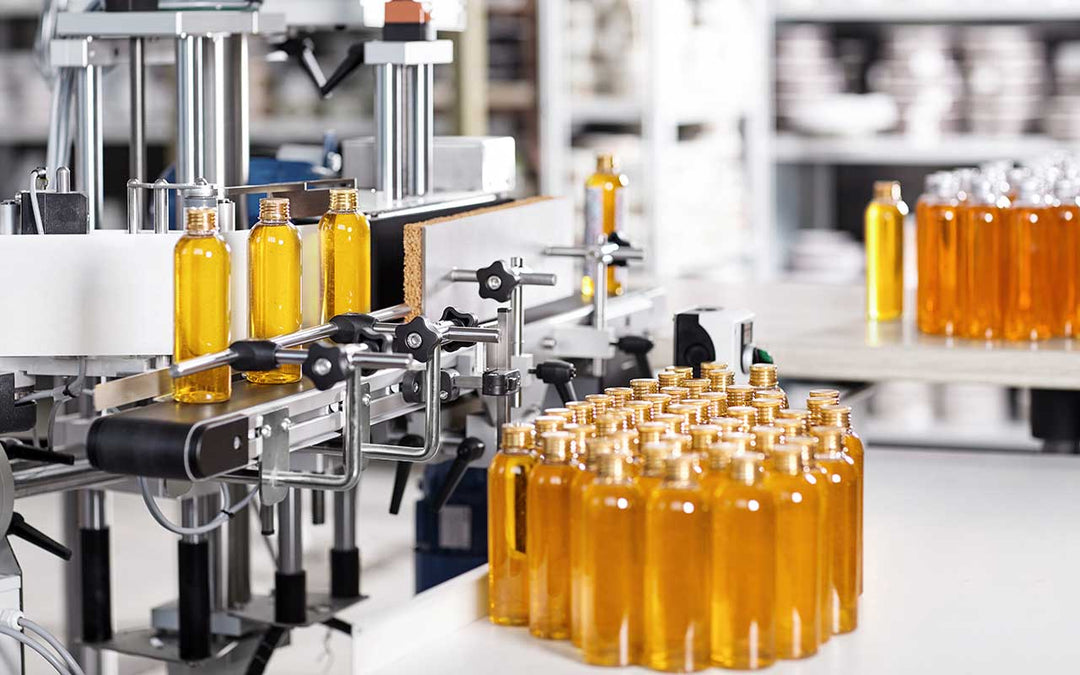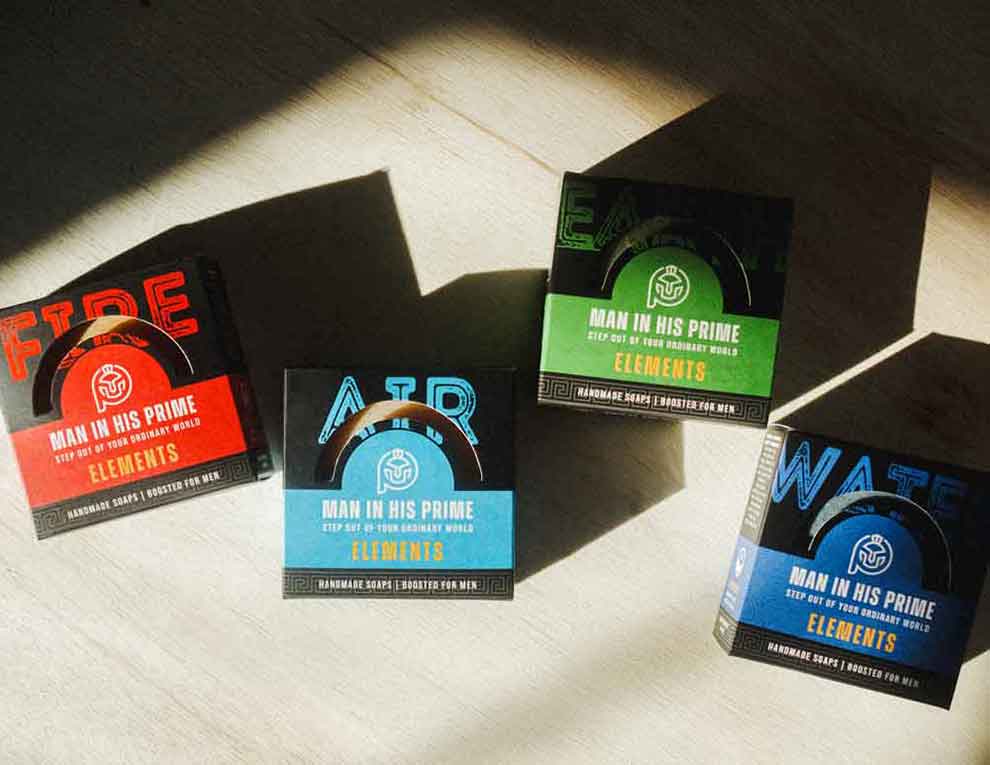Introduction
Soap products like hand soap, bar soap, liquid soap, body wash, and shower gel are used daily by most people for basic hygiene and cleaning. However, many of the ingredients in these soaps go undisclosed and can be surprising or concerning. Soap seems simple, but even common drugstore varieties often contain chemicals and additives you wouldn't expect.
Some ingredients are added merely for appearance, texture, or fragrance. But others serve functions like extending shelf life or reducing production costs. Unfortunately, many ingredients haven't been well studied for long-term safety and health impacts. Consumers rightfully get upset when they realize what’s been hiding in their soap bottles.
This article will uncover some of the most surprising or questionable ingredients frequently found in soaps and body washes. Some to be aware of include artificial fragrances, preservatives like parabens and formaldehyde releasers, foaming agents like sodium lauryl sulfate, antibacterials like triclosan, and contaminants like 1,4-dioxane. Let’s explore these in more detail.
Fragrances
Most conventional soaps contain artificial fragrances that give them a pleasant smell. However, these synthetic fragrance chemicals can disrupt hormones and cause allergic reactions or other health issues.
Common fragrance ingredients like phthalates and synthetic musks can be irritating to the skin and respiratory system. They have been linked to headaches, dizziness, rashes, asthma attacks, and breast cancer. Even fragrance-free labeled soaps may contain masking fragrances.
Natural fragrances from botanical sources like essential oils are safer alternatives. But many mass-market soaps use cheaper synthetic fragrances. Reading the full ingredient list instead of just the front label claims is important to know what's really in your soap. The generic ingredient "fragrance" without further details is a red flag.
Parabens: Preserving Beauty or Harming Health?
Many conventional soaps contain parabens, which are preservatives used to prevent microbial growth and extend shelf life. However, research shows that parabens can mimic estrogen in the body and disrupt normal hormone function.
Long-term use of parabens has been associated with increased cancer risk, reproductive issues, and decreased sperm count and quality. The effects are concerning, as parabens can be absorbed through the skin from soap and enter the bloodstream.
Studies have detected parabens in tissue samples from tumors, indicating that they are not easily broken down and metabolized by the body. The European Union has banned many parabens in cosmetics due to health concerns. But in the US, parabens remain widely used. Reading ingredient lists is key to avoiding this potentially harmful additive.
Phthalates
Phthalates are a group of chemicals commonly added to cosmetics and personal care products like soap to help stabilize scents and prevent fragrances from evaporating too quickly. While keeping your soap smelling fresh might seem harmless, phthalates are problematic ingredients for a few reasons.
Research has shown connections between phthalate exposure and issues with reproduction and development, especially in young children. Phthalates mimic hormones in the body, and exposure to these chemicals has been linked to birth defects, asthma, cancer, obesity, type II diabetes, low IQ scores, neurodevelopmental issues, behavioral issues, autism spectrum disorders, altered reproductive development and male fertility issues.
Phthalates are also widespread environmental contaminants that can accumulate in the body over time. Studies have detected concerning levels of phthalates and their metabolites in the general population. These concerning health effects have led many consumers to seek out soaps and cosmetics labeled phthalate-free. However, phthalates may still be present in detectable amounts even in products marketed as phthalate-free due to lack of regulation and oversight.
The best way to avoid phthalates is to choose simpler soap products with fewer ingredients, and avoid anything with added synthetic fragrances. Essential oil-based soaps scented only with natural botanical ingredients are less likely to contain hidden phthalates. Checking the ingredients list and doing research on the brand’s manufacturing process can help identify products free of these potentially hazardous hidden chemicals.
Triclosan
One concerning ingredient found in many liquid soaps and hand sanitizers is triclosan. This is an antibacterial and antimicrobial agent added to personal care products to help kill germs. However, evidence shows that triclosan may lead to antibiotic resistance, hormone disruption, and other health issues.
Triclosan works by attacking the cell membranes of bacteria. But research indicates that over time, bacteria can develop resistance to triclosan and become "superbugs." These resistant bacteria are then harder to kill with antibiotics. Studies have detected triclosan-resistant bacteria in people and the environment.
In addition, triclosan can act as an endocrine disruptor in animals and humans. It may interfere with thyroid, reproductive, and developmental hormones. Long-term effects from triclosan exposure are still unknown.
Due to these concerns, the FDA has banned triclosan from soaps. Many manufacturers have voluntarily removed this controversial ingredient as well. Consumers should check product labels and avoid antimicrobial soaps containing triclosan. There are plenty of effective soaps without this chemical.
Sulfates: Lather With a Catch
Sulfates are a common ingredient in soaps and shampoos that cause that desirable foamy lather when you wash your hands or hair. They act as surfactants that break down and remove oils. This leaves skin and hair feeling squeaky clean after use.
However, some sulfates like sodium lauryl sulfate (SLS) and sodium laureth sulfate (SLES) can be harsh and irritating, especially for people with sensitive skin. They can strip skin of its natural oils and cause dryness, flaking, redness and eczema flare ups. Sulfates may also irritate eyes.
While small exposures to sulfates are not harmful for most, those with existing skin conditions may want to choose sulfate-free soap alternatives instead. There are gentler plant-derived surfactants that cleanse without as much risk of irritation.
Artificial Colors
Many conventional soaps contain artificial colors and dyes to make the products look more vibrant and appealing. However, these synthetic dyes can be problematic for sensitive skin.
One concerning class of dyes often found in bar soaps and body washes is FD&C coloring. FD&C stands for Food, Drug, and Cosmetic and includes artificial coloring agents approved for use in food and cosmetics.
While considered safe at low doses, FD&C dyes have been linked to allergic reactions in some individuals. Red 40, Yellow 5, and Yellow 6 are among the most common culprits. Reactions can include hives, swelling, itching, and irritation.
FD&C colors offer no health or skin benefits - they are purely aesthetic. Those with sensitive skin may want to avoid bar soaps and body washes containing these synthetic coloring additives. Opting for products free of artificial dyes can help prevent adverse reactions.
Petrochemicals
Petrochemicals like mineral oil, paraffin, and petrolatum are common ingredients in many soaps and beauty products. These ingredients are derived from petroleum and crude oil refining. While they may seem harmless, petrochemicals can actually be quite dangerous for our health.
When petroleum is refined and processed into ingredients like mineral oil, the chemicals within can be contaminated with carcinogens like polycyclic aromatic hydrocarbons (PAHs). These contaminants are linked to cancer development. Researchers have found concerning levels of carcinogenic PAHs in mineral oils used in cosmetics.
The European Union classifies mineral oils as a carcinogen and restricts their use in cosmetics. However, in the United States mineral oil is still widely used. The Environmental Working Group suggests avoiding products with petrochemicals like mineral oil, paraffin, and petrolatum. Although these ingredients make products feel smooth, they can also clog pores and contain impurities that may cause long-term harm.
Natural plant oils like coconut oil, olive oil, and jojoba oil can be safer alternatives than petrochemicals in skincare and soap products. Opting for petrochemical-free soap is an easy way to avoid exposing yourself to potentially dangerous impurities.
1,4-Dioxane
1,4-Dioxane is a manufacturing byproduct and known carcinogen that can sometimes be found in trace amounts in soap and other personal care products. It's not an intentional ingredient added to products, but rather a contaminant that results from certain manufacturing processes.
1,4-Dioxane is classified by the EPA as a probable human carcinogen. It's an emerging contaminant that has garnered increasing concern in recent years as more awareness and testing reveals its presence in many everyday products. The FDA recommends that 1,4-Dioxane levels be limited to 10 parts per million or less in cosmetics. However, some research has detected higher levels in certain soaps and shampoos.
It forms through a chemical reaction between ethoxylated ingredients like sodium laureth sulfate and free ammonia or ethanolamines. These are common sudsing agents and emulsifiers used in soap and other cleansing products. Although manufacturers can take steps to remove 1,4-Dioxane through a process called vacuum stripping, many products still contain trace residues.
The concern is that with repeated long-term use, these small exposures can add up. 1,4-Dioxane is also very readily absorbed through the skin. While more research is still needed, many health and consumer groups advocate for brands to reformulate products to remove this contaminant when possible. Reading ingredient lists and choosing soaps without ethoxylated ingredients can help avoid 1,4-Dioxane exposure.
Conclusion
Soaps are a daily essential for good hygiene, but many conventional soaps contain concerning chemicals. We covered some of the most common potentially harmful ingredients found in many popular bar and liquid soaps:
- Fragrances - synthetic fragrances can contain hundreds of chemicals, including allergens and hormone disruptors.
- Parabens - these preservatives mimic estrogen and may disrupt hormones.
- Phthalates - added to help fragrances stick to skin, but they are endocrine disruptors.
- Triclosan - an antimicrobial chemical that may harm the environment and contribute to antibiotic resistance.
- Sulfates - detergents that strip skin of natural oils, potentially causing dryness and irritation.
- Artificial colors - made from petroleum or coal sources and linked to allergies and organ toxicity.
- Petrochemicals - ingredients derived from crude oil refining that may be carcinogenic.
- 1,4-Dioxane - a byproduct of processing chemicals that is a probable human carcinogen.
The bottom line is to read ingredient lists carefully and avoid these concerning chemicals when possible. Look for soaps made with plant-derived ingredients like coconut, olive, and palm oils. Seek out fragrance-free, paraben-free, sulfate-free options. Obviously, we recommend using our 100% natural soaps boosted for men, Elements. Treat your skin gently and opt for clean soaps made simply.








